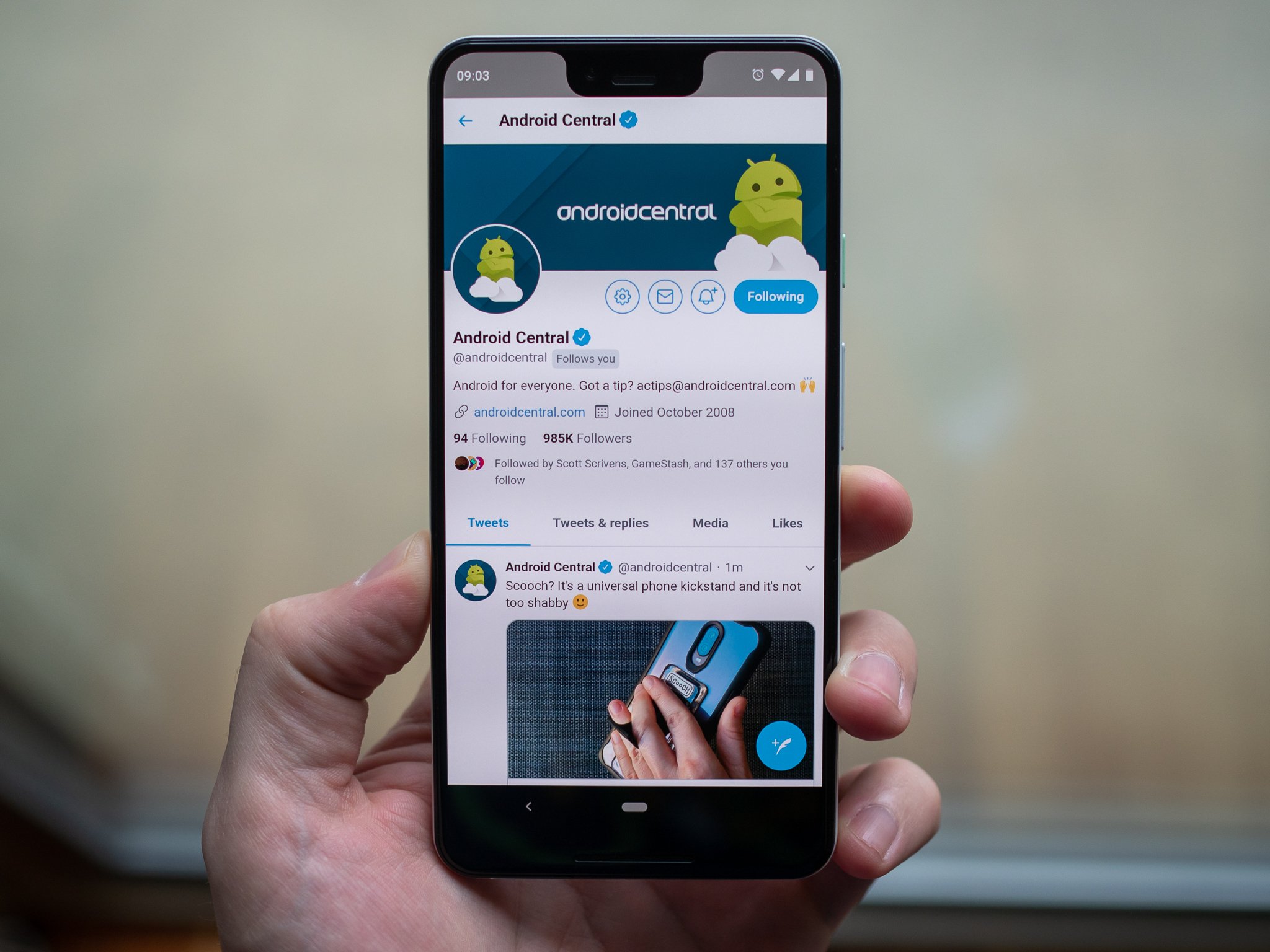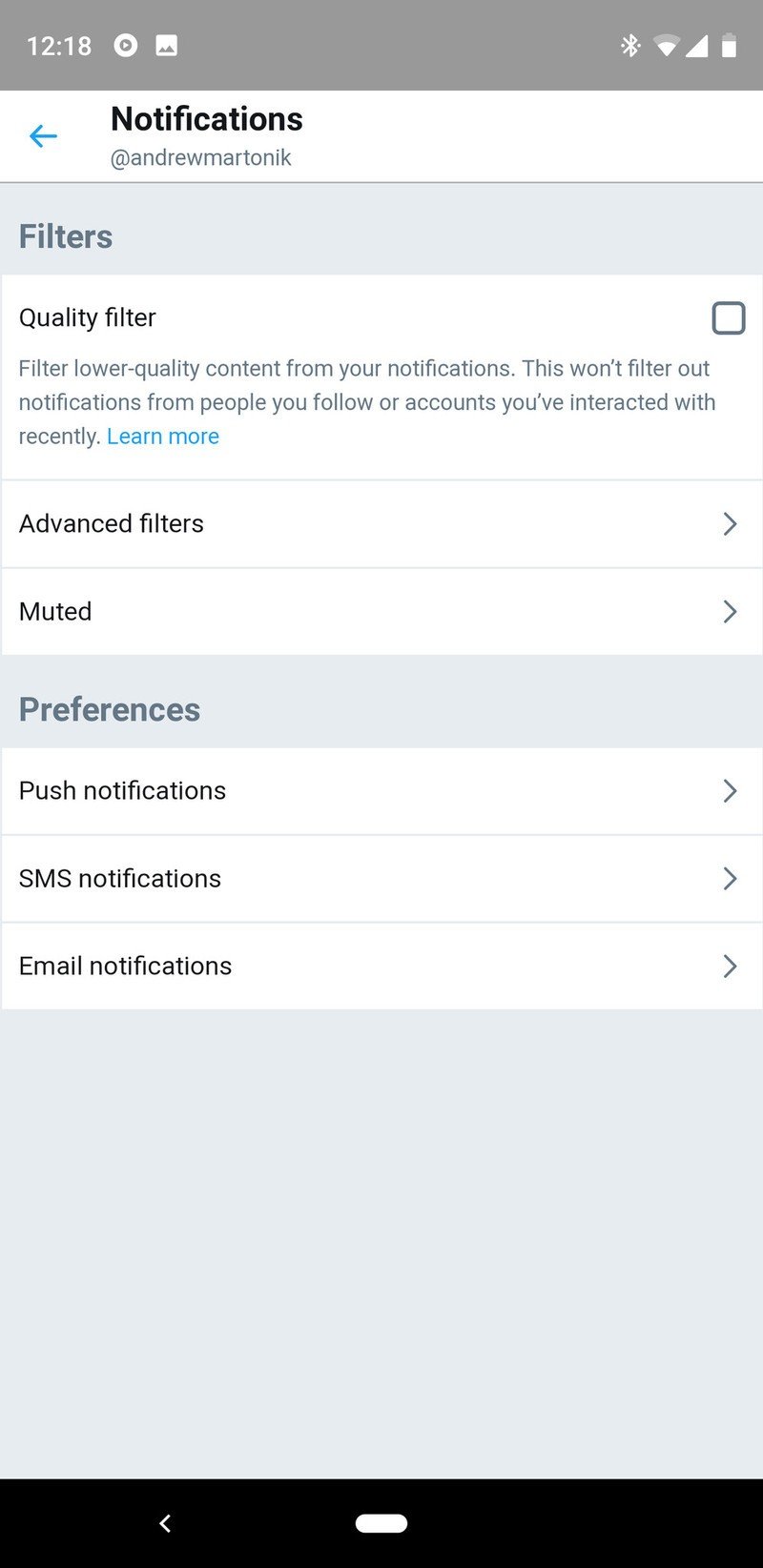Twitter's mobile web app is a fantastic lightweight Twitter experience

I gave up on using third-party Twitter apps a long time ago. I finally got fed up with the authorization token limit workarounds, missing features, sync problems and wonky notifications. But in a typical "the grass is always greener" situation, Twitter's official app has its own problems. The notification system is often funky for me, not loading content in the background despite sending a push notification, and it goes through phases of being downright buggy and unstable with basic functions.
Twitter's mobile website offers a surprisingly complete experience.
During my last round of experiencing annoying Twitter app bugs, I decided to uninstall the app and use the mobile.twitter.com website, along with a home screen shortcut, instead. It's something I've done with Facebook for a long time, and I've enjoyed that experience — but it turns out Twitter is way better. Though Twitter (or Google) doesn't advertise it in any way, as soon as you select "add to home screen" in Chrome, it actually downloads and installs a near-complete Instant App version of Twitter on your phone. This lightweight version of the app installs from Google Play, sits in your app drawer, and launches in its own interface (without any browser interface cruft) rather than a new tab in the Chrome app.
The only confusing part about this portmanteau mobile website-turned-Instant App version of Twitter is that it doesn't follow the typical Instant App framework. Usually, Instant Apps are deployed as pared-down segment of the full app, which lets you install a small part of the app when visiting the webpage from search results, for example, that then evolves to add more capabilities and eventually install the complete app later on. Twitter's Instant App is a separate app altogether that doesn't evolve into the full Twitter app, and is effectively just a glorified wrapper around an HTML5 webpage.



But that's just what I want: a proper "lite" version of Twitter without all of the extra cruft. Despite its size, the mobile web version of Twitter is surprisingly fully featured. It sends instant push notifications, and has the full suite of filtering settings inside the app. It has pull-to-refresh and smooth animations throughout. And just as we all discovered that the Facebook mobile website was a good solution for viewing and posting to Facebook without giving the app access to low-level phone data, the Twitter mobile app simply doesn't have access to anything on your phone. It declares zero permissions, so it will never bother you to look up your contacts on Twitter or share things in unexpected ways.
This is a 202KB app with no declared permissions and no access to extra data or information.
My other issue with the official Twitter app is that it encounters some major bloat: my Twitter app, at last check, was using nearly 1GB of storage — about 300MB of app data, and another 600MB of cache (lots of images and video in Twitter!). The Twitter mobile web app, on the other hand, is just 202KB. Yes, kilobytes. The app itself is actually just 153KB, and additional user data is another 49KB. There is no cache. And thus, there is no bloat.
The downside? Well, the app is missing a few little things. You can't swipe left and right between the multiple tabs of the interface (though this could be implemented in a web app — Twitter just hasn't done it). You can't easily share photos from your gallery to the Twitter "app" because the phone has no idea that it's an app that can share images — you have to go to Twitter and initiate the attachment there instead. Media doesn't automatically play as you scroll past it, though some people may see this as a plus. And really, that's it.
I wasn't shocked to see that Twitter has deployed such a complete and well-developed mobile website, but I was pleasantly surprised to see that had also expanded to a great Instant App experience. I've already been using it for over a week without any issues, and I don't yet have any desire to go back to Twitter's official app.
Be an expert in 5 minutes
Get the latest news from Android Central, your trusted companion in the world of Android
Andrew was an Executive Editor, U.S. at Android Central between 2012 and 2020.

